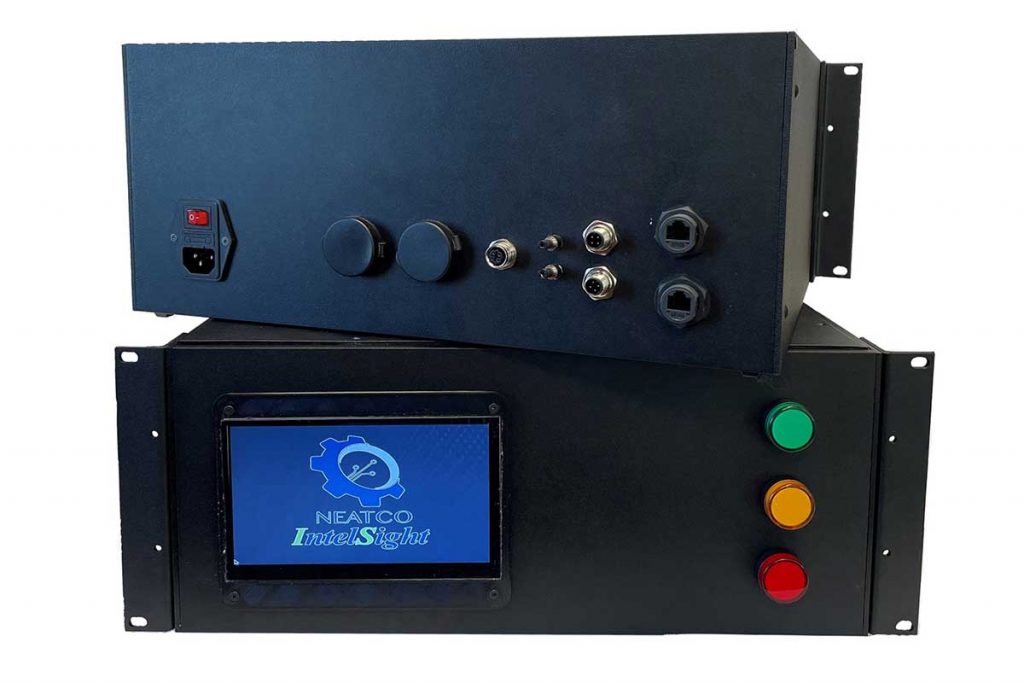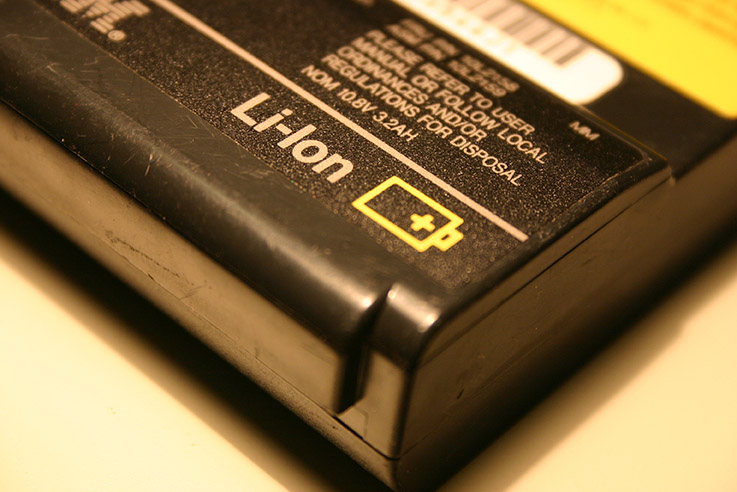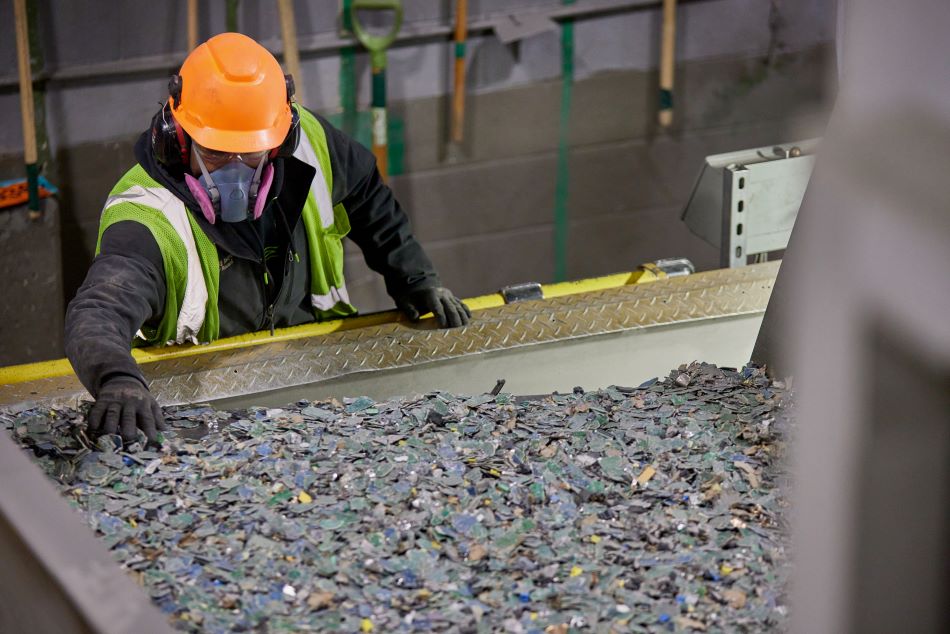

FPD Recycling has sued to invalidate a patent licensed to Votechnik for a flat-panel dismantling robot. | PaeGAG/Shutterstock
A company commercializing its flat-panel device dismantling system in the U.S. has gone to court seeking to invalidate a competitor’s patent.

The IntelSight color-codes items so that human pickers can more easily sort them by hand. | Courtesy of Neatco Engineering Services
Neatco Engineering Services is using a combination of human and machine learning to improve e-scrap sorting.

E-scrap collectors in Ghana check collected phones. | Courtesy of Closing the Loop
Mobile phone buyers in Japan will help finance African e-scrap collection and recycling, under a new partnership between FCNT, Dutch company Closing the Loop and Japanese trading giant ITOCHU.

A Sims Lifecycle Services financial presentation attributes reduced resale prices to lockdowns in China and muffled consumer demand stemming from inflation. | antb/Shutterstock
Sims Lifecycle Services resold considerably more IT devices in the latter half of 2022, but softer demand resulted in lower selling prices and inflation took its toll on profits. Continue Reading

Redwood’s McCarran, Nev. campus will eventually produce about 100,000 metric tons of cathode active materials and 36,000 metric tons of ultra-thin battery-grade copper foil each year. | Allyson Kitts/Shutterstock
Redwood Materials has secured a major loan from the federal government, with some strings attached, to help build out its Nevada lithium-ion battery recycling campus.

Maryland-based Apkudo boosts supply chain efficiency to support repair, resale and recycling markets. | KovalchukOleksandr/Shutterstock
Apkudo, which helps companies manage connected devices, announced it received $37.5 million in Series C funding.

The following are facilities that have achieved, renewed or otherwise regained R2 certification recently:

A worker inspects shredded material at a Glencore sampling facility in Rhode Island. | Courtesy of Glencore
Glencore has been recovering copper and precious metals from e-scrap since the 1980s. But multiple trends are now forcing the world’s largest mining and metals company to adapt to changing markets: a push to decarbonize the transportation sector, efforts to shorten and bolster supply chains, and innovations in consumer electronics design and manufacturing.
